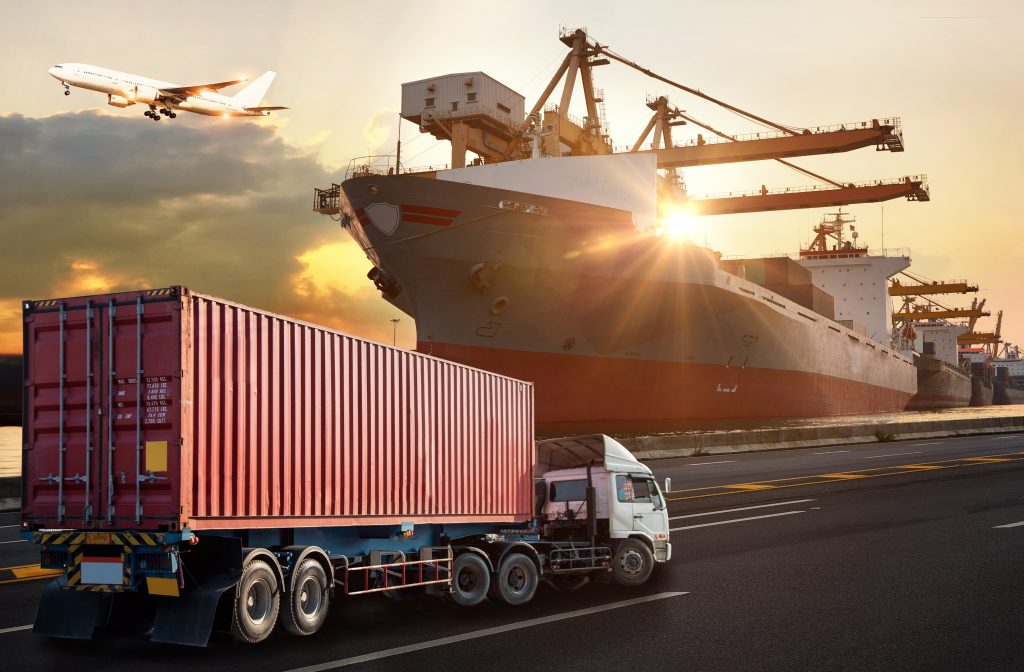Inside an age driven by rapid technological improvements and shifting customer demands, the logistics industry stands on the cusp of the transformative emerging trend. The landscape of supply chain management is undergoing a paradigm shift, embracing impressive technologies and new ways to boost efficiency, durability, and sustainability. The evolution with this industry is vital to fulfill the problems of any interconnected global economy and deliver goods and services rapidly and cost-successfully. This informative article explores the essential elements that define a potential-all set supply chain landscape.
Technology Integration:
A potential-completely ready supply chain embraces cutting-edge technologies like the IoT, synthetic learning ability AI, blockchain, and sophisticated analytics. IoT sensors on goods and vehicles offer real-time tracking and info analytics, letting for specific monitoring of the complete supply chain. AI algorithms anticipate demand patterns, optimize inventory, and permit predictive maintenance, thus enhancing productivity and less than truckload meaning.

Data-Driven Decision Making:
Information is the center of the modern supply chain. The capability to gather, evaluate, and work upon vast amounts of info is vital. Advanced analytics helps in attaining ideas into buyer behavior, market trends, and operating efficiency. Predictive modeling and data-driven decision-making empower businesses to foresee demand, enhance routes, and simplify inventory management.
Cooperation and Connectivity:
A potential-ready supply chain prioritizes alliance and integration between stakeholders. Including effortless connection and assistance involving manufacturers, suppliers, logistics providers, shops, and customers. Using delivery service facilitates real-time information sharing, decreases steer instances, and increases total supply chain visibility.
Automation and Robotics:
Automation and robotics engage in a pivotal position in streamlining operations and increasing productivity. Automated industrial environments, autonomous vehicles, and automatic process automation RPA in management tasks quicken functions and reduce mistakes. Robotics, put together with AI, permits precise selecting, loading, and shipping, adding to a competent and cost-successful supply chain.
Sustainability and Eco-Friendliness:
A potential-completely ready supply chain is environmentally conscious, attempting for sustainability and eco-friendliness. Utilizing eco-friendly logistics practices, employing electric powered or hybrid vehicles, refining transportation routes, and minimizing packaging waste are vital elements. Supply chains that adapt to sustainability not just help the environment and also position with the increasing consumer preference for culturally sensible businesses.
Adaptability and Resilience:
Within a changing fast business landscape, adaptability and resilience are paramount. Long term-all set supply chains are agile and will rapidly respond to disruptions, whether or not brought on by natural disasters, geopolitical stress, or unanticipated market changes. Getting backup plans, diversifying suppliers, and implementing sturdy risk management strategies are very important features.
Customer-Centric Approach:
Last but not least, a customer-centric technique remains to be on the central of the upcoming-all set supply chain. Understanding and reaching customer expectations, offering effortless order tracking, and supplying personalized experiences are essential. Employing AI for personalized tips and utilizing customer feedback to boost services are necessary strategies.
By adopting these essential factors, logistics services can release their complete possible and successfully navigate the intricacies of your evolving global market. The future of logistics is vibrant, guaranteeing quicker, more efficient, and sustainable supply chains that cater to the demands of the future.
